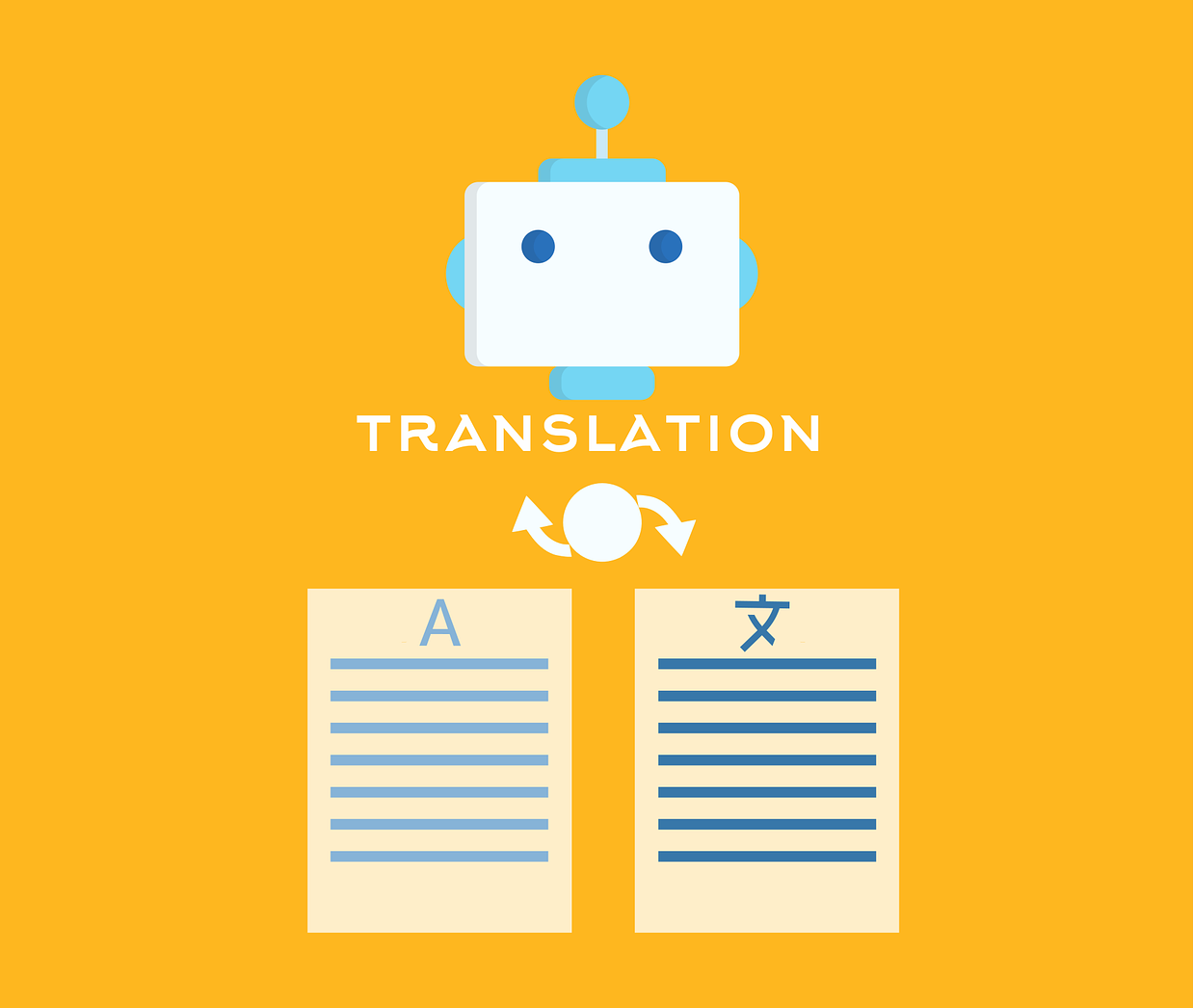The translation and localization of a cultural product, for example a videogame, essentially have the same goal: making said product more accessible to a specific audience. Both techniques allow a target audience to enjoy that same content in its own language. But there are a few subtle differences between these two methods. Then, let’s find out together what are the differences between translation and localization!
The scope of translation and localization
Translation is a process centered around the transposition of a text of any kind from a source language into a target language. While translating the original meaning and context are maintained. The focus of this tool is linguistic accuracy, which makes the same content understandable in different languages.
Localization differs from translation in that it consists in a series of practices meant to adapt the text to the cultural, linguistic, political and functional characteristics of a specific target market or audience. Therefore, localization not only deals with transposing the language, but also with the cultural nuances, visual elements, music, and the general user experience.
The issue of cultural adaptation
Contrary to localization, translation almost exclusively consists in presenting words and phrases in the correct way. A translator won’t bother with the adaptation of figurative language, idiomatic phrases or slang.
This does happen with localization though, which aims at making the content feel native within the target culture. A localized videogame, for instance, should be able to convey to the target audience player the same emotions, sensations and messages as the original game did with the source audience.
Cultural adaptation is also concerned with adjusting the text to the culture’s sensibilities by making the content more appropriate, non-offensive or confusing when inserted in a new context.
Formal differences between translation and localization
A localized text could appear differently compared to the original. In fact, at a formal level there might be the necessity to change other elements outside the written or oral text. These can be images, videos, graphics, symbols, dates or currencies.
For example, think about the changes made to the box art of some videogames, like the one for Kirby’s Return to Dream Land (Kirby’s Adventure Wii in Europe). Our pink hero is depicted while carrying a big sword and a grim expression on his face in the US version. But in the European one he’s not armed and sports a big smile. Surely, the North-American localization team thought that giving Kirby a more aggressive appearance would make him look more appealing to the US audience.
When to use translation or localization
The differences between translation and localization discussed above suggest different ways in which we can use them.
Translation can be employed when we need to transpose a universal type of text that doesn’t require to be culturally adapted to various contexts. For instance instruction booklets, academic documents and technical manuals.
Instead, localization is used for texts that contain cultural aspects and are aimed at establishing a deeper connection with the target audience. The emotional aspect is very important in this instance. A videogame that has been localized “seamlessly” will suit the players’ taste better, and for this reason it’ll be more relevant and successful: this is a huge economic benefit!




